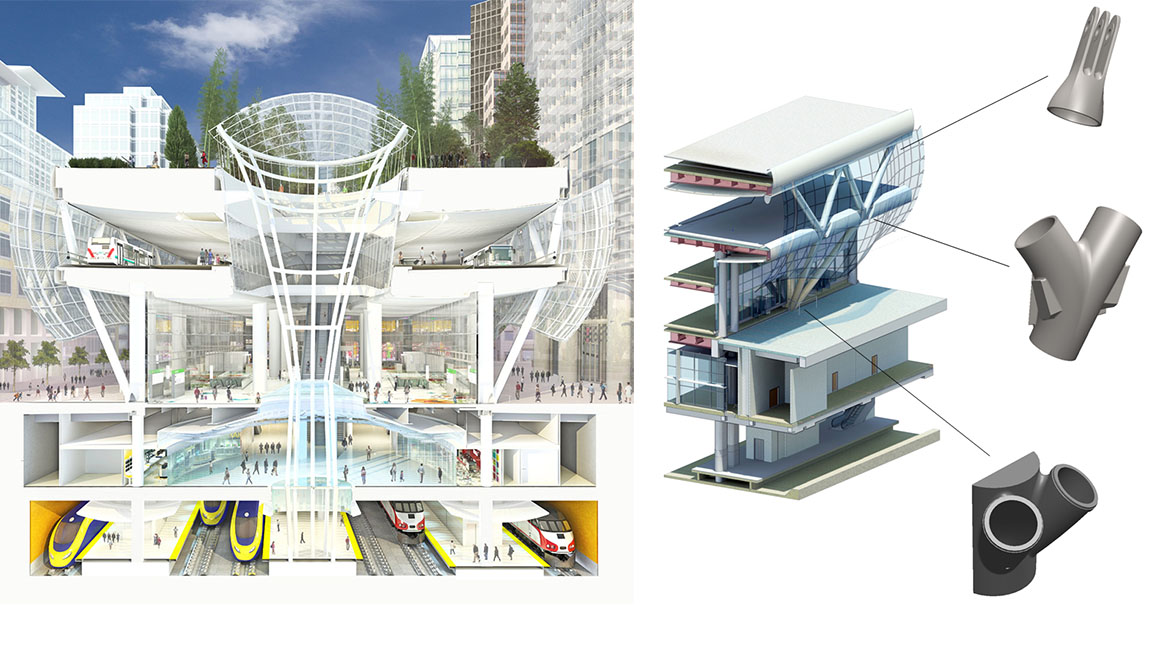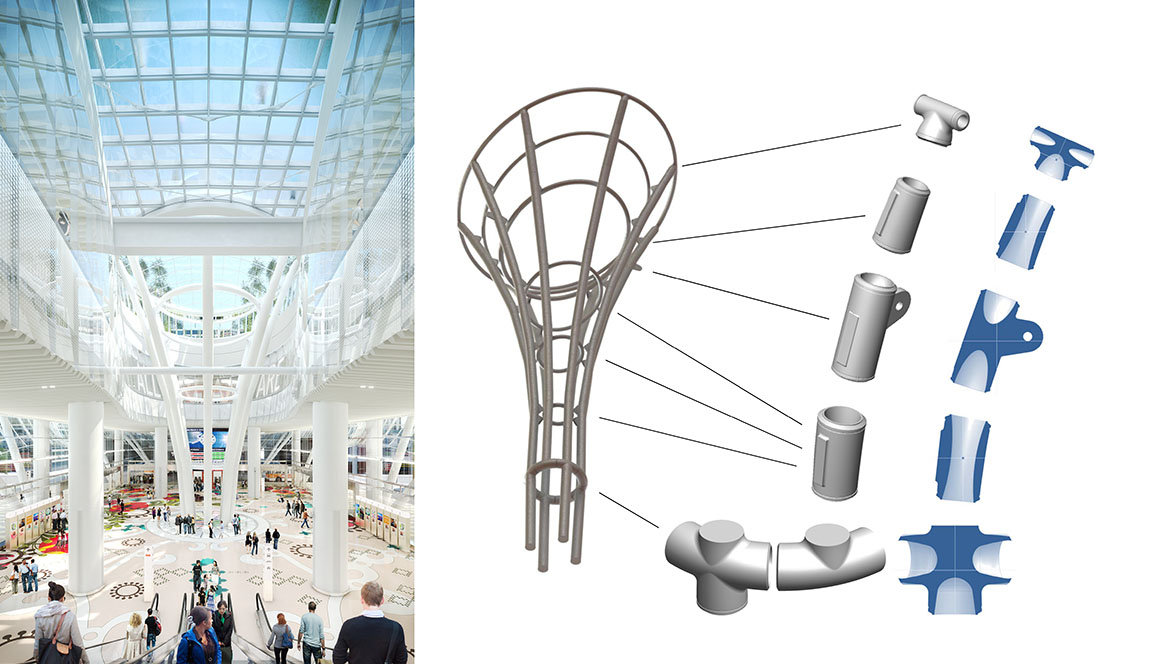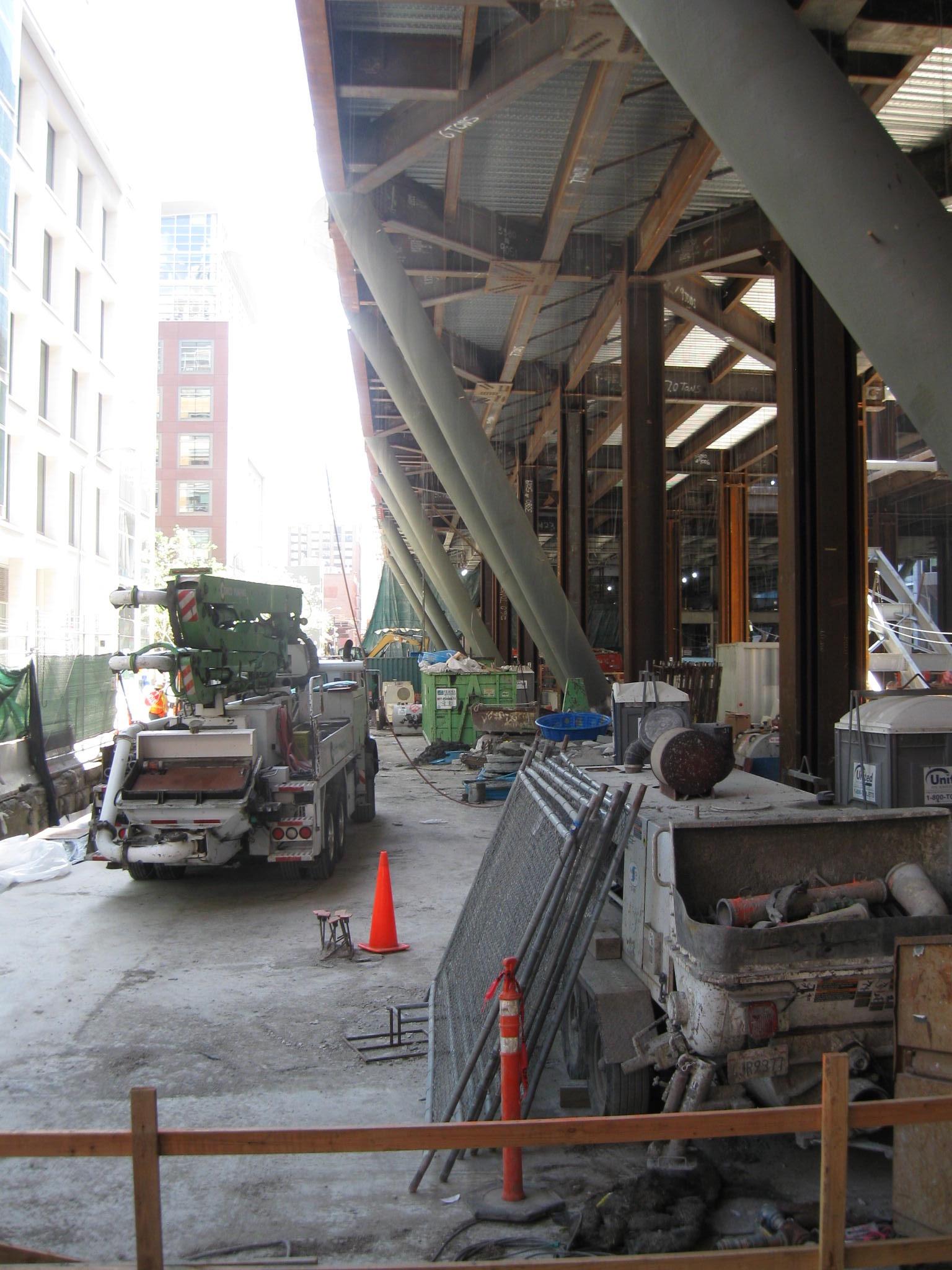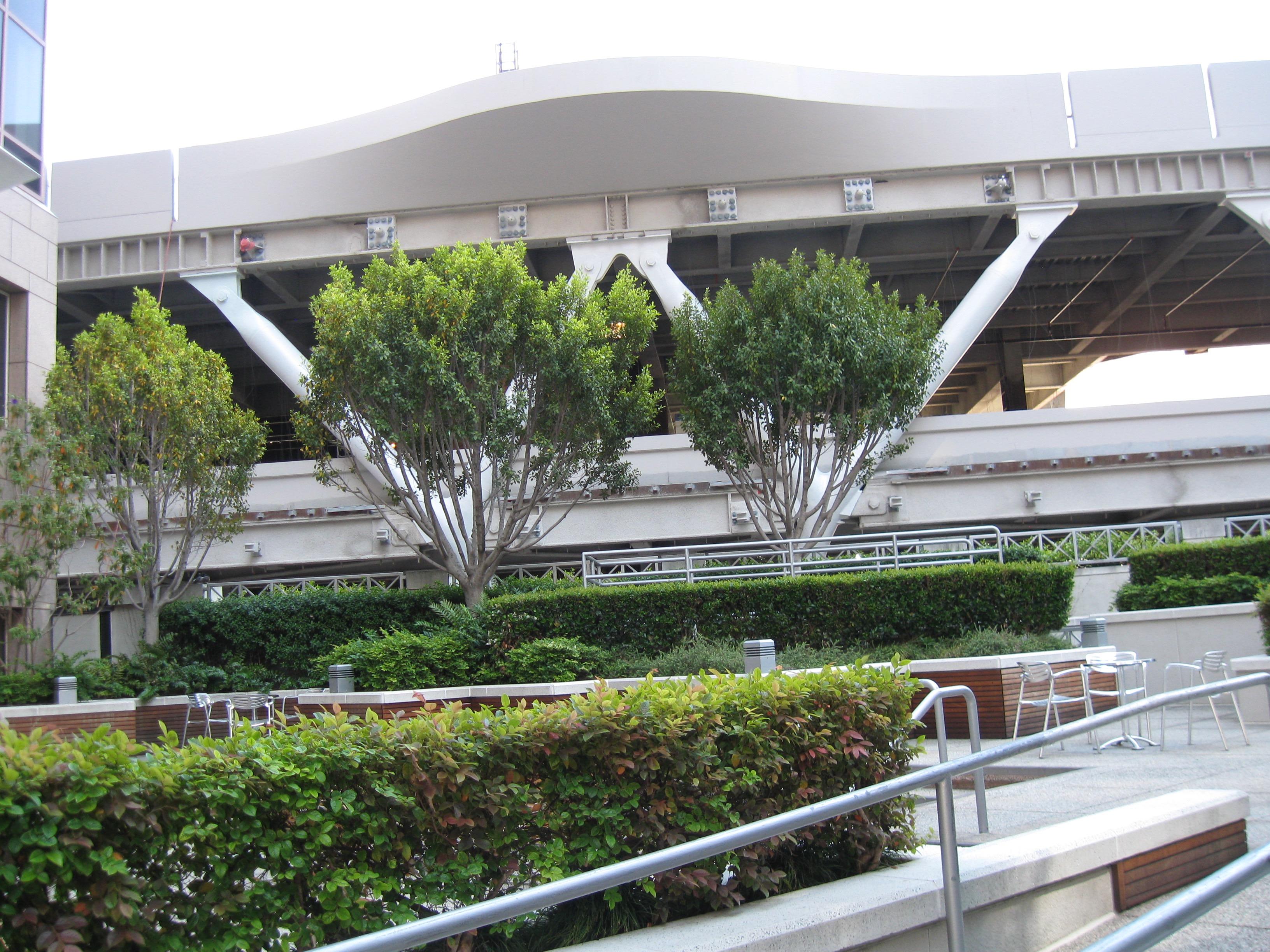SRC Admin
Administrator
San Francisco | Transbay Transit Center



 Transbay Transit Center by SPUR, on Flickr
Transbay Transit Center by SPUR, on Flickr New Transbay Terminal by brunosuras, on Flickr
New Transbay Terminal by brunosuras, on Flickr new transit center going up, scott richard by torbakhopper, on Flickr
new transit center going up, scott richard by torbakhopper, on Flickr






San Francisco’s major Transbay transportation and development project has nearly doubled in cost since 2008, and The City is now poised to borrow hundreds of millions of dollars to offset the most recent negative financial blow.
Supervisors justified bailing out the project at a Board of Supervisors Budget and Finance Committee meeting Wednesday by noting the project is crucial to The City’s future transportation network.
When construction began in 2008 on building a new Transbay terminal and a six-story Transbay Transit Center — long celebrated as the “Grand Central Station of the West” — the project was estimated to cost $1.189 billion.
But “due to numerous errors” that cost has since ballooned by 90 percent, or $1 billion, for a total project cost of $2.259 billion, according to a report by Budget Analyst Harvey Rose.
To address the latest shortfall, The City has proposed issuing $260 million of certificates of participation, which would be paid back through the project area’s special tax district revenues. The Budget and Finance Committee approved the borrowing proposal Wednesday, which will go before the full board for a vote May 3.
The $2.2 billion cost is for Phase 1 of the project. The second phase would extend Caltrain and California High Speed Rail to an underground Transbay station. Phase 2, which too has had cost increases, is estimated to total $3.9 billion and be completed by 2024.
The City’s bailout out plan of Phase 1 takes more than $600 million away from Phase 2 by using tax increment dollars to pay back the incurred debt that were previously slated for Phase 2. It remains unclear how Phase 2 will be fully funded.
The City wasn’t obligated to address the shortfall since overseeing the project is a separate legal entity known as the Transbay Joint Powers Authority, which was established in 2001.
“We’re making the best of a bad situation where we have a project that incurred substantial cost overruns,” said Supervisor Scott Wiener. “The Transbay Transit center is so critically important to the future of transportation in this city and this region.”
A recent Metropolitan Transportation Commission review of the project blamed the soaring costs on eight main factors, including inaccurate engineering estimates, a complex design resulting in only a handful of qualified bidders, and “optimistic escalation cost factors which did not reflect today’s actual market trends,” according to Rose’s report.
The major undertaking was conceived of in 2005. The Board of Supervisors approved a Transbay Redevelopment Plan in June 2005 for the 40-acre area with the boundaries of Mission, Main, Second and Folsom streets, including the rebuild of the existing Transbay Terminal at First and Mission streets.
Earlier this month, Mark Zabaneh was named the new interim executive director of the Transbay Joint Powers Authority, replacing Maria Ayerdi-Kaplan, whose official retirement date is Saturday.
“I do intend to deliver this project by the end of December 2017,” Zabaneh told the board committee Wednesday.
Given the troubled history of the project, a new agreement with the TJPA will put the Department of Public Works in charge of construction management and also creates a new Cost Review Committee to provide financial oversight.
Zabaneh said Phase 2 remains under discussion and a funding and development plan is expected in two to three months.